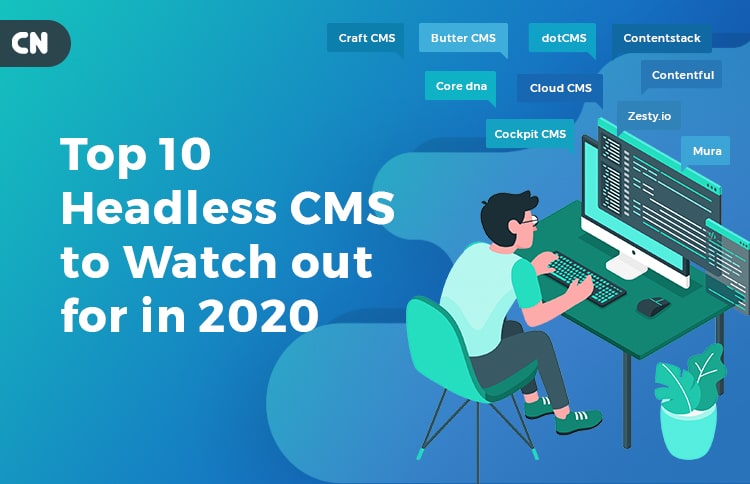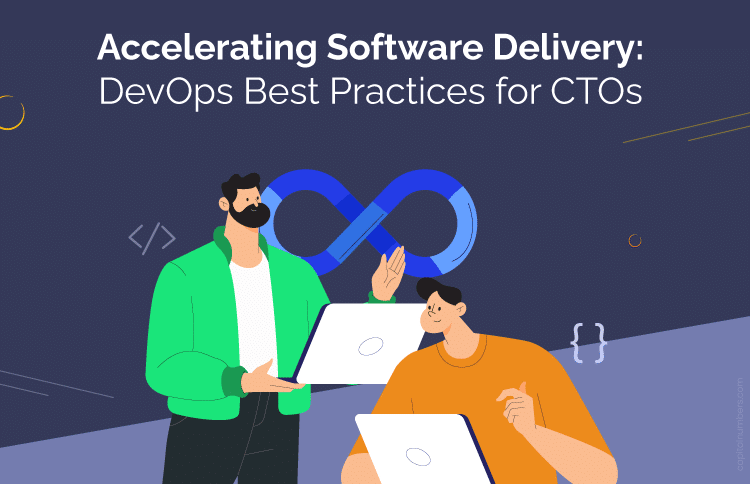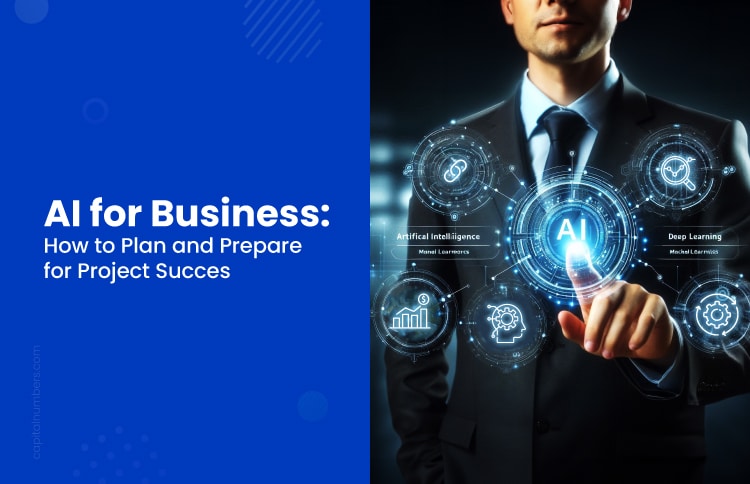Top 10 Headless CMS to Watch out for in 2020
Table of Contents
According to reports, by the year 2022, all your homes will be hosting around 40 million IoT devices. In 2020 itself, you are sure to have modern pieces of technology at your home. Some examples of such IoT devices can surely be, smart speakers on your bedrooms and living rooms, highly advanced mobile phones in your pockets and smartwatches on your wrist.
Neil Patel, the founder of ‘KISSmetrics’, very recently made the statement that the Internet is gradually making its way towards being “ever-present”, which refers to the fact that if you are living in a developed city, the Internet will play a huge role in shaping your daily life.
From the title of the blog you must be thinking, what does the term ‘headless’ refer to? Well, as the blog progresses, all your questions will be answered. In this blog, you will be informed about what a headless CMS is and which are the ten best headless CMS, that will create an impact in the year 2020.
What is a Headless CMS?
Headless CMS, quite simply refers to a back-end Content Management System. A Headless CMS is created from its origin as a content repository, which makes it possible for you to view particular content on any device with the help of a RESTful API.
The term ‘Headless’ arises from the concept of ‘beheading the body’ that is, separating the website from the content repository. A headless CMS makes use of an interface to add and update content and employs a RESTful API, like XML JSON, to make that content available for you anytime and anywhere.
The main purpose of a headless CMS is to efficiently store and deliver your content.
Why Do You Need Headless CMS in 2020?
A large number of companies are adopting cutting-edge technology to stay at the forefront of innovation. Many such companies are leveraging the power of headless content management systems.
As a business owner you would need to adopt headless content management because it is the most advanced form of content management, which in turn means that it will allow you to keep pace with the ever-changing technology. You will also need to implement headless CMS into your business, to stay updated all the time.
Now, the next question that must be baffling you, is which headless CMS to choose? Which one will truly be advantageous for your business? The following are 10 of the best headless CMSs, which will create a significant impact in the market in the year 2020.
10 Best Headless CMSs to Watch Out for in 2020
Butter CMS
Butter CMS, launched in the year 2014, is an API-first CMS. Among the most popular features of Butter CMS are, multi-site support, CDN support, webhooks, content modeling, testing environment and an interface that can be conveniently customized. It also provides you with a blogging platform that can be integrated into different frameworks. Butter CMS is available for free and with premium plans as well.
Contentstack
This headless CMS was developed by Built.io, which was founded in the year 2007. Its features consist of workflow management, content previews, and asset management. You can opt for a free trial and for an enterprise plan as well.
Contentful
This is a Germany-based API-driven CMS, which was founded in the year 2013. The RESTful API of Contentful gives developers complete control of content, translations and digital assets. This platform also takes advantage of caching techniques for delivering API payloads.
dotCMS
dotCMS is a very well-known name in the world of content management. Originally founded in the year 2003 and based in Miami, Florida, dotCMS is famous for its Java features, which are multi-lingual and have multi-tenant capabilities. This headless CMS can be hosted both on-premise and in the cloud.
Mura
This is a decoupled CMS, which was developed by a Sacramento CA-based company named Blueriver. Mura comes with exclusive features for marketers like custom navigation creator, a built-in analytics dashboard, and multi-device content previews.
Cloud CMS
This one is an API-first JSON-based CMS, which was founded in the year 2010. It consists of a number of features like Git-like versioning, flexible content models and an anti-virus scanner.
Cockpit CMS
The cockpit is an open-source, free and self-hosted CMS, which was founded in Wulmstorf, Germany. It does not introduce itself as a ‘website builder’, but as a ‘content provider’. The cockpit is a back-end solution that provides storage and distribution services. It does not have a built-in editing feature, which makes it purely a headless CMS.
Core dna
This is a proprietary headless CMS which is based in Boston. Core dna is created with a combination of around 80 different applications. This CMS provides support for eCommerce, digital experience management, intranets, and portals. You can only opt for premium and enterprise subscription for this CMS.
Craft CMS
This is a ‘content first’ headless CMS, which is based in Bend, Oregon, and was founded in the year 2013. This CMS allows you to create experiences around your content.
Zesty.io
This is another popular example of a CMS, which brings value to both developers and marketers. Zesty.io provides workflow management, advanced SEO tools and automated SEO for marketers. For developers, among many other things, it provides custom endpoint building, customizable content models and built-in staging environments.
Wrapping Up
It is apparent from the above list that as far as choosing the best headless CMS goes, you have options aplenty. It’s true that technology will differ depending on where and who you buy it from. However, one important factor that will distinguish one vendor from another is after-sales customer support. So, while finalising a CMS, always choose a vendor who has a solid support team that constantly helps your business keep pace with the ever-evolving technology trends.















